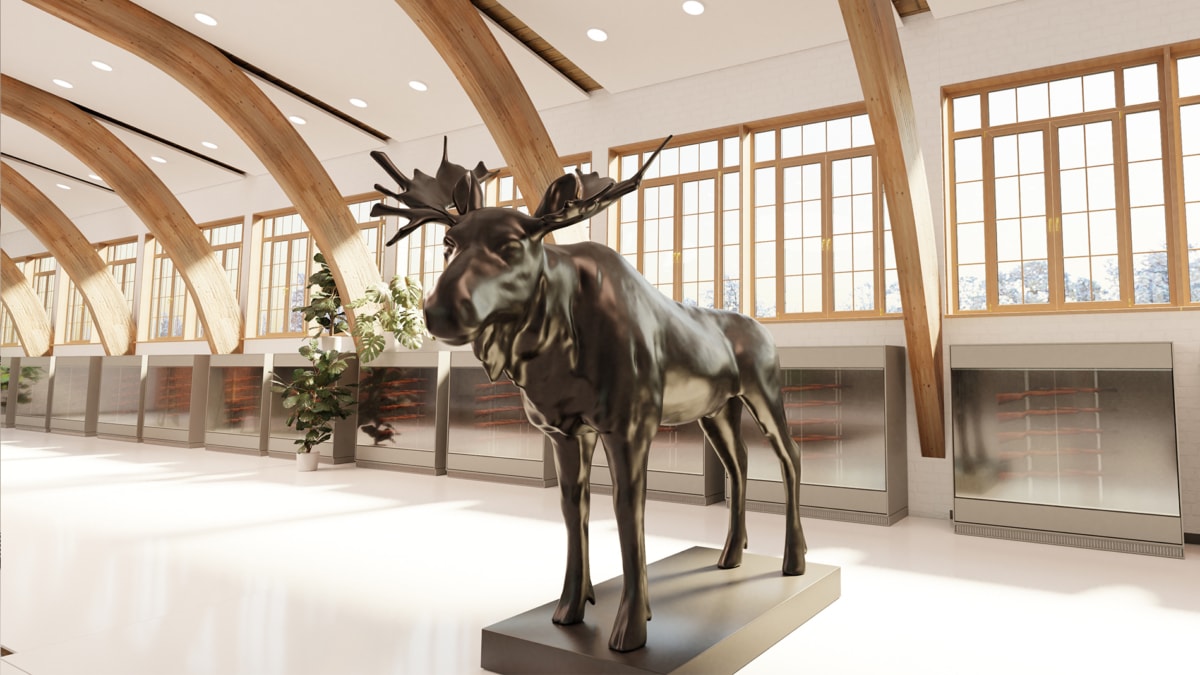Last winter, I skated on the sea ice when I could suddenly smell the coffee. The kids behind the pop-up stand had set up a scene for an excellent customer experience. The spot, the warmth, the friendly service: it all composed a moment to remember. How does this memory relate to long-term customer experience development?
Sustainable business design is our passion. We create brand-related signature moments that help our customers in the market. The signature moments, on their part, are constructed on memorable experiences.
A prerequisite for success is that the whole customer path flows smoothly from one interaction point to another. A holistic approach is required when we want to gain the best results.
Three reasons why a holistic approach to customer experience works
Customer experience development is not a new idea. However, one of the typical challenges for large organizations is the lack of focus and a common goal between different customer experience projects. The brand and the customer experience are not connected, and the value addition expected on the investments is not clear enough.
We have successfully solved the problem by applying a holistic method of working. The foundation is always in customer understanding, and all details are attached to one entity. It works for the following reasons:
- The customer always sees the whole picture when they encounter the company’s products or services
- Understanding the customer – their desires and preferences – minimizes the cost of service and product development
- Through investing in customer experience, it is possible to increase the customer’s life cycle value
How to combine the holistic view and detailed research and examination in practice? Let me share some examples on that next.

Agile experimenting and user involvement are wise ways to use R&D resources
We spend our evenings on Netflix, and we quickly buy our apparel online. Effortless B2C experiences also raise expectations for the applications we encounter in our work role.
Developing a product or service begins with a careful analysis of the current state and strategic road signs for future steps. Soon after that, it is worthwhile to start systematic testing with end-users. In this way, the total project costs will stay under control. The agile sprint methodology, which has become mainstream in service design and software development, provides a good framework for this experimental culture.
Testing also played an important role in Finnish Posti’s new employee experience application. We provided many alternative low-code views with real users, allowing even hilarious experiments. Among many ideas tested, the feedback soon unveiled the winner. It was no surprise that the idea that turned out most popular borrows a lot from the world of B2C interfaces and gameplay!
We should not forget co-creation methods and user involvement once the new service is up and running. The utilization of customer loyalty programs is one example of continuous service development enablement. You should not see customer experience as a project only but as a constant culture of improving customer orientation.
Not just another virtual tour – Distinctive brand and customer experience create lifecycle value
A customer experience that exceeds expectations attracts the customer to revisit you. When Sako wanted to build a virtual showroom to celebrate their 100th anniversary, the project involved strong technical implementation expertise on virtual events. The customer wanted to replicate the visual feel of the brand down to the luxurious leather sofas. But how do you take the experience above everyday life when virtual events are battling for attention?
Our role was to ensure that the customer experience and the exclusive atmosphere continue seamlessly throughout the virtual journey. The showroom created a solid and unique experience since all the possibilities of virtual event technology were tightly woven into the brand.

Digitalist has changed as well – Strong capabilities are even stronger together
Does the brand guide the customer experience or vice versa? The dilemma of the chicken and the egg remains unsolved. Actually, the whole question would fit better in the old world. Then, one project used to craft a “customer experience” with convenient user interfaces. At the same time, the marketing team bought a beautiful visual guide from another agency and called it a brand.
Digitalist Group has been a combination of solid and independent expert units for a long time. You can find our in-depth expertise in dedicated teams even today, but at the moment, we work more closely together than ever before. Now we speak a common language.
For our customers, it means ease and reliability. They can have access to both a comprehensive overview and the best specialists in various fields of strategic development at the same time.
Creating something new requires a vision of customer experience – similar to what I encountered on that one winter day – but beyond that, it requires technology and relevant capabilities.

